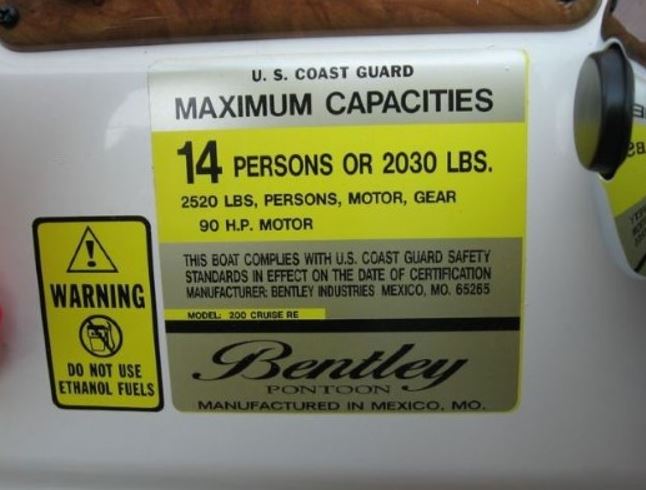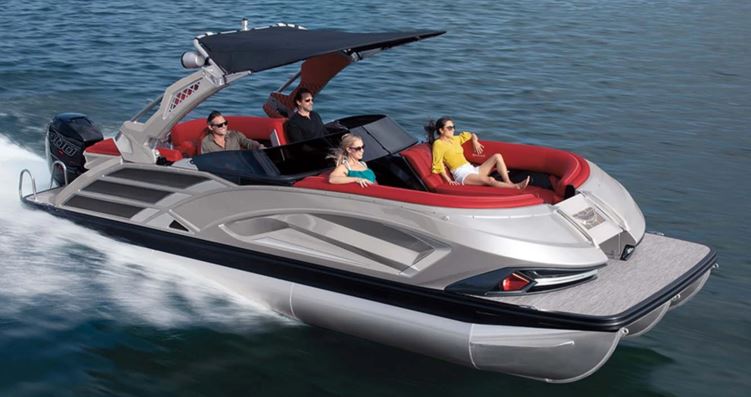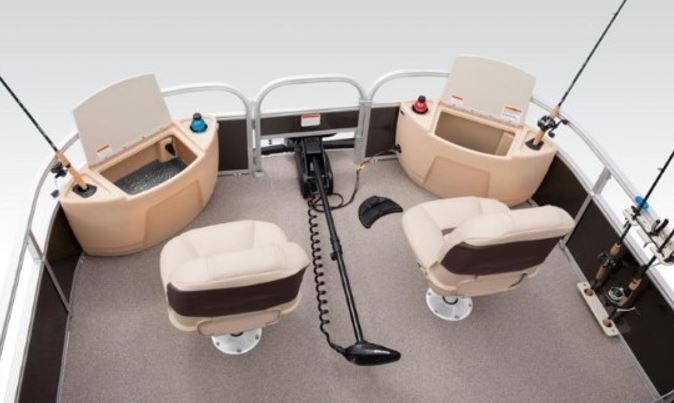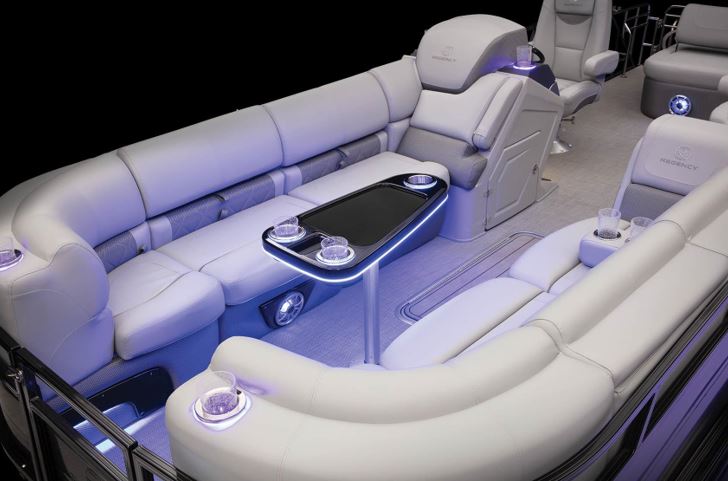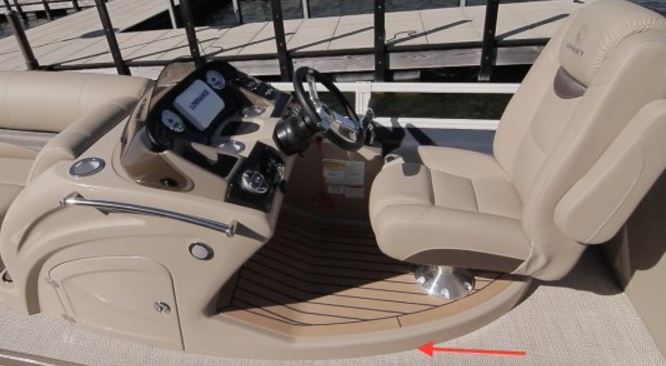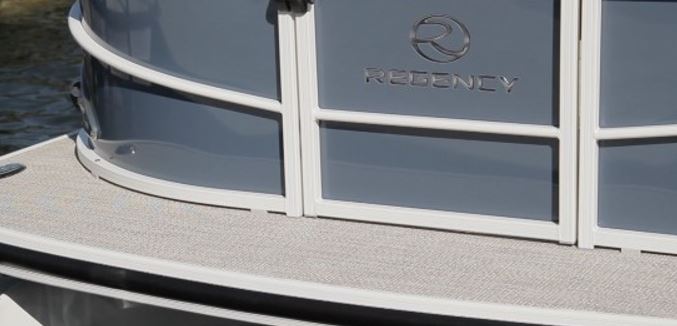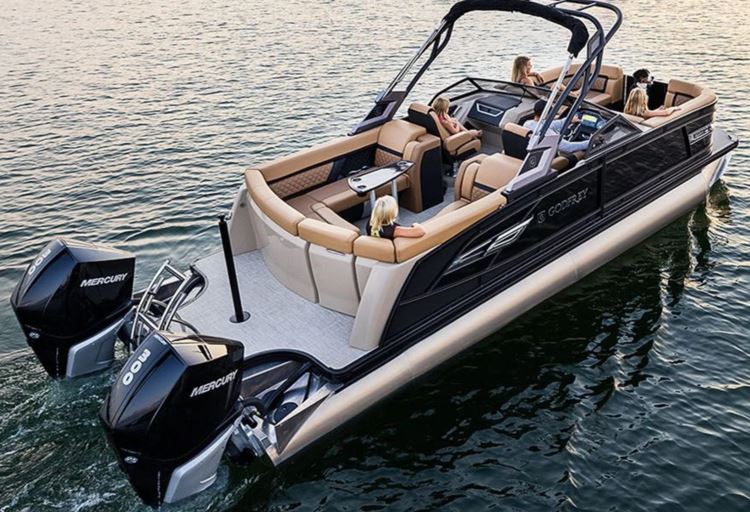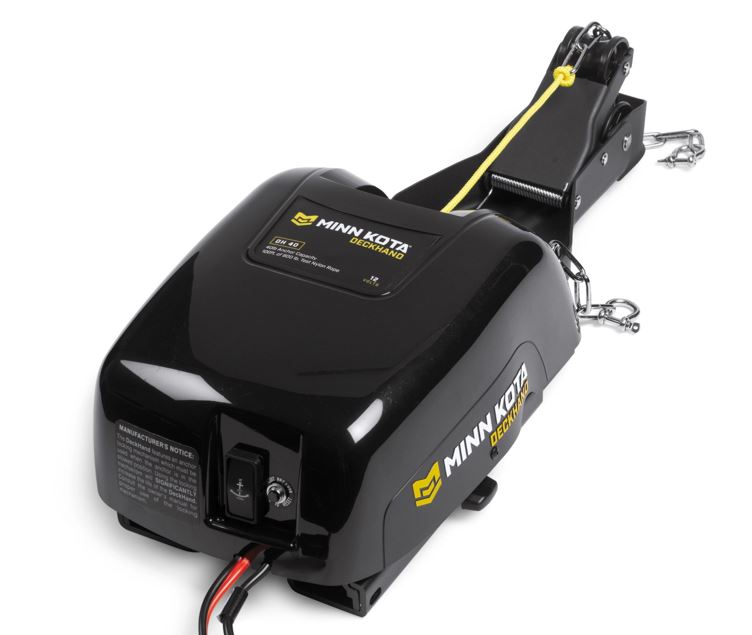12 Tips for Choosing a Pontoon Boat, Part I
Pontoon boats continue to be among the best sellers in the boating market in 2023, and are likely to continue that way for the foreseeable future. But today’s pontoon boats are a far cry from those of a few decades ago when they were basic plywood slabs with couches added and no nod to styling or performance.
Regardless of whether your family is looking for a boat to putt around the lake at sunset or a do-everything model that can run fast enough to surprise some bowriders, tow watersports, offer waterborne cookouts and function as a fishing platform, there are some features that most of us want in any pontoon boat. Here’s what to look for:
1. Match Boat Size to Number of Guests
The first parameter for any boat is how many people you’ll typically have aboard. As boats increase in size, their passenger capacity usually goes up. For example, Sun Tracker’s Party Barge 18 DLX is 20’ (6.0 m) long and is rated for nine people. Step up to the Sun Tracker 24 DLX, 24’1” long (7.3 m) and the capacity goes up to 12. Plan for your typical crew and remember, pontoons attract guests and relatives so it’s usually good to buy larger if your budget and storage space allows.
All boats built by U.S. manufacturers have a capacity plate. Check it to verify the passenger capacity. Do not exceed it.
2. Choose the Right Seating Configuration
Not only should owners know how many people they are going to be carrying, but they also need to know what their passengers want to do when they’re on board. If maximum numbers are the priority, get as much seating space as possible, with large couches fore and aft.
If the family is made up of teenage girls who like to sunbathe, get a boat like the Regency 220 LE3 that has aft-facing chaise-style lounges. Got some kids who like to fish? Get a fishing package that has two swivel chairs up front and maybe two more aft.
The captain’s chair: The helm chair won’t be a $5,000 Stidd, but most are as comfortable as your easy chair at home, complete with adjustments to fit your height and leg length. (Make sure the seat is configured so that you can easily see over the console and the bow couch to navigate, though.) The helm chair should also swivel easily, and flip up arm rests are a plus for easily sliding behind the wheel.
Where to put a wheelchair? Pontoon boats are ideal for old salts and those with mobility issues, but you will need a gate wide enough to get them aboard. Most designs are now wheelchair accessible, but check to be sure if this is a need in your crew—a 32” (.81 m) opening is required. (You’ll also have to load up from a floating dock where the dock and the boat deck are at the same level, don’t forget, for roll-on access.)
For Anglers
The bow of the Sun Tracker Fishin’ Barge 22 DLX and similar models is complete with fishing chairs, rod racks and a trolling motor. Pontoons work particularly well in fishing for panfish in fresh water, or for species like sheepshead in salt water, where baits can be dropped straight down from the twin bow seats by seated anglers. Many also do well at trolling thanks to twin swivel seats and rod holders aft.
For models where seating capacity is more important, large L-shaped couches maximize the number of guests who can enjoy the boat. All that seating has storage underneath, which means it’s easy to stow all the PFD’s you’ll need along with ice chests and other gear.
3. Raised Helm
A captain needs to be able to see over the passengers sitting in front of him, so boats with a raised helm give an advantage. The captain’s chair mounts to the elevated fiberglass console, putting the driver in a position that gives him better all-around sightlines.
4. Boarding Gates
Pontoon boats are about convenience and one of their most attractive attributes is that they are easy to board. Most have a minimum of three gates, bow, stern, and port (or starboard) side. Additionally, you should also make sure that side boarding gates are wide enough (32”) to accommodate a wheelchair.
Gate latches can be easy or somewhat difficult to operate. Make sure you like the device on the boat you buy. The rails are likely to be aluminum on base model pontoons as well as most mid-range models, while high-end pontoons may have polished stainless steel rails, not only stronger but much better looking. Some add styled fiberglass or composite panels to give a whole new look to the boat.
5. Bow Deck
It’s surprising how many pontoon boats on the market have no bow deck. That is to say that the fencing or superstructure goes right up to the bow so there is no deck upon which to walk to tie-up or to set an anchor. Obviously, this has been done to maximize seating space and keep costs down. That is a trade-off we don’t recommend. Every boat needs a bow deck with a 12” (0.3 m) minimum fore-and-aft measurement for this purpose.
A stern deck or swim platform is also a big plus, again allowing easier tie-ups and anchoring, and also providing a place for swimmers and tow-sports fans to get in and out of the water.
6. Provision for Storing and Setting an Anchor
Every boat should have an anchor and a dedicated place to keep it. That includes pontoon boats. Yet, virtually no pontoon-boat builder makes provision for this essential. One reason for this is that most users take their pontoon boats from dock to dock, or from the launch ramp back to the launch ramp — and don’t anchor out much.
Required for Safety
Nevertheless, there are times — even on protected lakes when going from marina to marina — when an anchor might be a required item of safety equipment. What if the engine fails and the boat is being blown onto a rocky shore, a marina, or toward a dam on a water reservoir? What if the boat is being used in a river, the engine has failed, and the current is strong?
The times when an anchor is necessary are too numerous to mention. Further, there is no boating pleasure quite so fine as anchoring in a cove for lunch or anchoring for sundown cocktails with family and friends. It can’t be done without an anchor. The forward, portside seat locker on most pontoons can be used as the dedicated anchor locker. Be careful to keep the rode coiled properly and not tangled with the anchor.
Most pontoon boats have small cleats for mooring lines on the two corners of the bow, and they will have to do, as we almost never see a proper anchor cleat on the bow centerline. Adding a stout pull-up cleat for this purpose makes sense. Alternatively, a bridle using the port and starboard cleats will probably work best. Or consider an electric anchor system designed for pontoons, which raises and lowers a mushroom-type anchor at a touch and stows the line out of sight on an enclosed drum.

